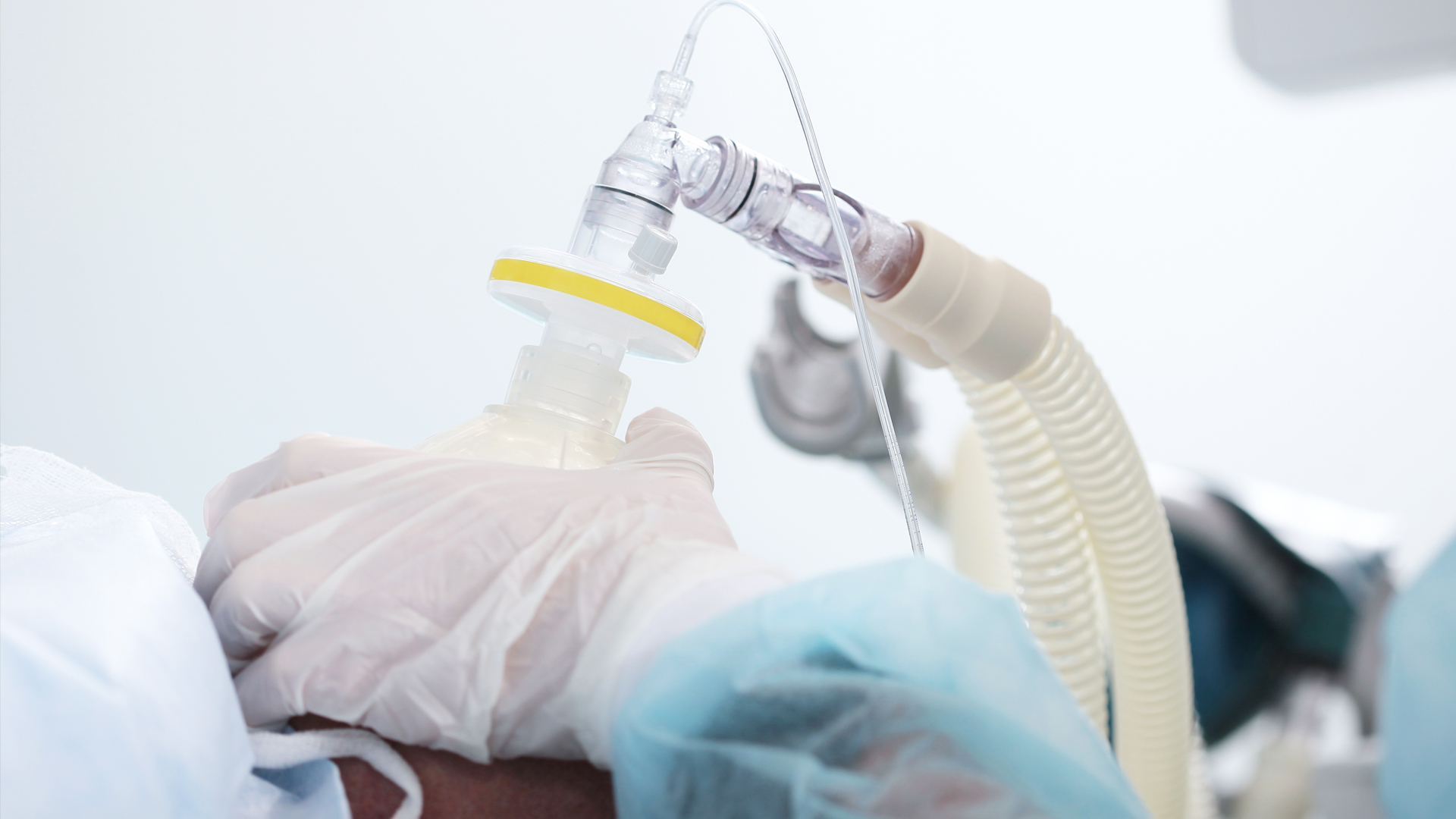By Matthew Newton DNP, CRNA, National Lead CRNA, CRH Anesthesia
Anesthesia providers are universally regarded as the airway experts within any healthcare setting, with managing airway emergencies being a critical aspect of their role. Many providers have encountered and successfully managed a laryngospasm during their career. It’s important not to confuse laryngospasm with bronchospasm, the latter being an involuntary contraction of the bronchiolar muscles that causes narrowing or obstruction of the patient’s airways, as it is treated clinically different. In contrast, laryngospasm involves an involuntary contraction of the vocal cords, leading to a temporary blockage of the airway. Although laryngospasms are typically of short duration, they are sudden events that require immediate intervention to prevent a cascade of complications.
During a laryngospasm, the vagus nerve and recurrent laryngeal nerve trigger a motor response in the lateral cricoarytenoid, thyroarytenoid, and cricothyroid muscles, ultimately causing the true vocal cords, and sometimes the false cords, to spasm or close.2 Laryngospasm can be partial, with some airflow still present, or complete, resulting in total airway obstruction. While some cases of laryngospasm may resolve spontaneously, untreated laryngospasm during anesthesia can be fatal. Therefore, it is crucial for the anesthesia provider to quickly recognize the signs and have the necessary tools to reverse the process.
Causes and Predisposing Factors:
- Gastroesophageal reflux disease (GERD)
- Increased oral secretions
- Asthma
- Airway hypersensitivity
- Extubation
- Pediatric patients
- Insufficient depth of anesthesia during induction and emergence
- Blood and mucus in the airway
- Airway irritation from volatile anesthetics or ENT procedures
- Barbiturates and Ketamine
- Recent upper respiratory tract infections
- Chronic smoking
Signs and Symptoms:
- Paradoxical chest and abdominal movements
- Loss of condensation on a face mask
- Absence of ETCO2 tracing
- Decreasing SpO2
- Central cyanosis
- Bradycardia
Treatment of Suspected Laryngospasm:
- Apply positive airway pressure with 100% O2. Alert the room staff and prepare for further interventions.
- Identify and remove any offending stimuli.
- Apply a firm jaw thrust using a two-hand technique to attempt to open the airway. Consider applying pressure to the temporomandibular notch.
- Assess for air entry through auscultation, ETCO2 tracing, reservoir bag movement, and condensation in the mask.
- Consider suctioning the oropharynx.
- If mask ventilation is possible, deepen anesthesia with propofol or a volatile agent (e.g., sevoflurane) and continue to ventilate with 100% O2. Assess the need for intubation or the possibility of awakening the patient.3
- If mask ventilation is not possible and the patient shows signs of hypoxia, administer succinylcholine 0.5-2 mg/kg IV. Treat bradycardia with atropine 0.02 mg/kg IV. Continue mask ventilation with 100% O2 until the patient stabilizes or consider intubation.3
Preventive Measures: Premedication with anticholinergics and benzodiazepines has been shown to reduce the risk in appropriate patients. When using volatile anesthetics, a non-irritating agent such as sevoflurane should be considered. Intubation and surgical stimulation should only proceed once the desired anesthetic depth has been achieved. Extubating with the lungs inflated under positive pressure can reduce the incidence of laryngospasm, and gentle suctioning of the oropharynx prior to extubation has also been shown to decrease the risk.1 Although there is no guaranteed way to prevent laryngospasm, a vigilant anesthetist can mitigate risks by identifying high-risk patients and remaining prepared to act throughout the perioperative period.
References:
- Alalami AA, Ayoub CM, Baraka AS. Laryngospasm: review of different prevention and treatment modalities. Pediatric Anesthesia. 2008;18(4):281. Accessed August 15, 2024. https://0630qllli-mp02-y-https-research-ebsco-com.prx-keiser.lirn.net/linkprocessor/plink?id=64f25208-c7df-3873-bb97-cdd52b25a4a9
- Gil Gavel, Robert WM Walker, Laryngospasm in anaesthesia, Continuing Education in Anaesthesia Critical Care & Pain, Volume 14, Issue 2, April 2014, Pages 47–51, https://doi.org/10.1093/bjaceaccp/mkt031
- Landsman IS. Mechanism and treatment of laryngospasm. Int Anesthesiol Clin. 1997; 3:67–73
